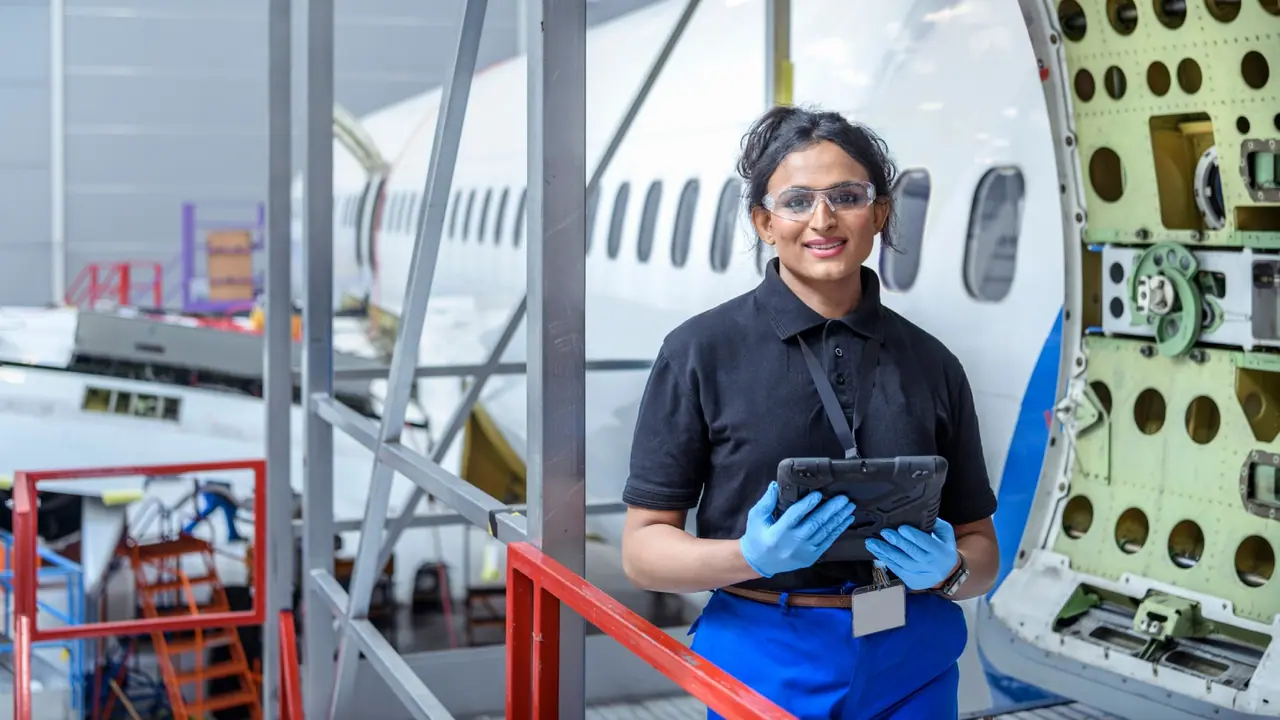Aerospace Engineering: A challenging yet rewarding career path after 12th grade. Learn about the studies, salary, scope, and admission process.
Aerospace Engineering After 12th: CBSE 12th results are out, and students are pondering their next steps. Science stream students often consider engineering (B.Tech), but choosing the right branch can be confusing. This article explores Aerospace Engineering, a challenging field with high-paying job potential.

What is Aerospace Engineering?
Aerospace engineering deals with space technology. This course focuses on designing space vehicles, space research, and facilitating space travel. Students learn how to design spacecraft and the technology required for space missions.
Why is Aerospace Engineering considered the most difficult branch?
Aerospace Engineering is considered one of the toughest B Tech branches due to its complex syllabus, including physics, maths, thermodynamics, fluid dynamics, material science, computer science, and electronics. Understanding these subjects deeply and grasping the mathematics of space structures is challenging.
Sky-High Career!
Aerospace Engineering is the future. Space agencies like NASA, ISRO, and SpaceX are exploring life on other planets and space mining. This large-scale activity creates a high demand for Aerospace Engineers, with salaries in crores. Private companies entering the field will further expand the scope.
How to get admission in Aerospace Engineering? Which colleges are the best?
For a B Tech in Aerospace Engineering, you need at least 75% marks in 12th with Physics, Chemistry, and Maths, along with a good score in JEE Main and JEE Advanced. Top institutes include IIT Bombay, IIT Kanpur, IIT Madras, BITS Pilani, and some private universities.
If you are passionate about engineering and aiming high, Aerospace Engineering is a great option. While challenging, the future scope and potential rewards are immense. With the right guidance and dedication, you can achieve great heights in this field.


